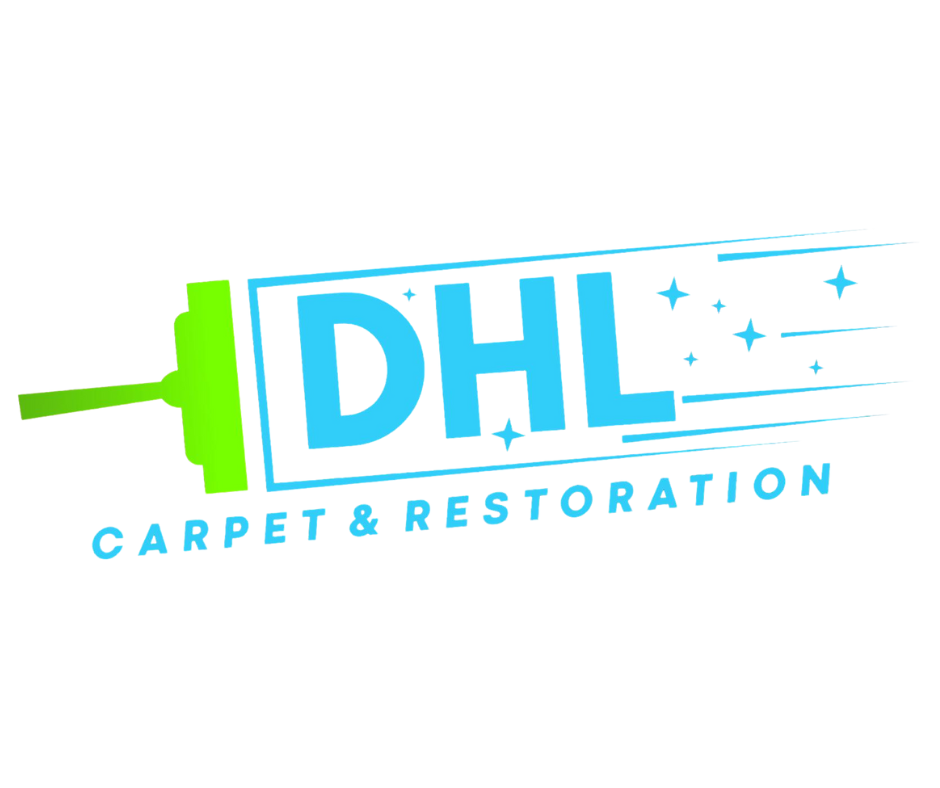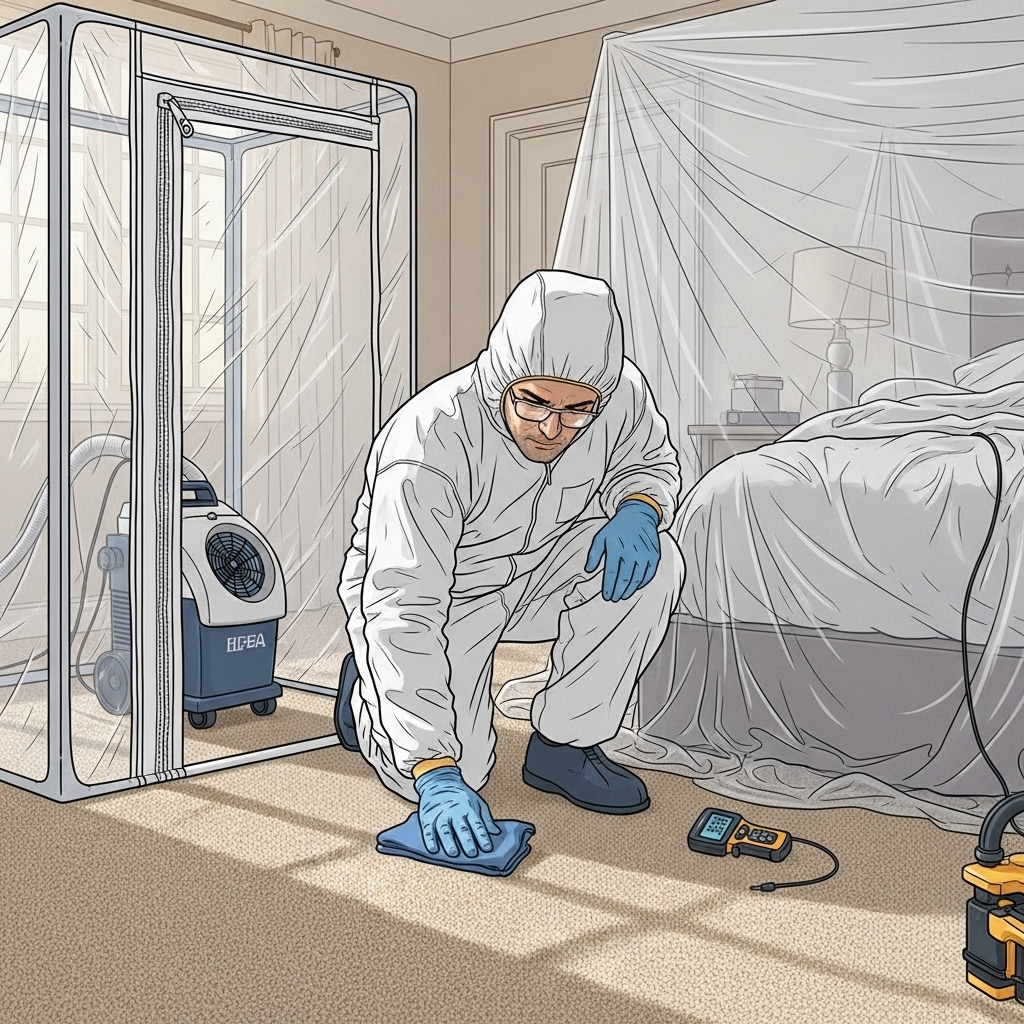Finding dependable help for household mold can feel overwhelming, especially when you are trying to protect family health and the value of your home. New Jersey’s damp summers, coastal storms, and quick temperature swings create conditions where moisture can linger in basements, bathrooms, and attics. This guide explains how residential mold mitigation unfolds, what to expect from the professionals you hire, and how you can keep mold from returning once your home is clean and dry. When you are ready to act, consider partnering with local specialists offering thorough mold mitigation services to address both the growth and its underlying moisture source.
Unlike light cleaning, professional mitigation is a structured process designed to protect your living spaces, contain contamination, and verify dryness. The key is to identify where water is coming from, remove what cannot be salvaged, clean what can, and set your home up to resist future moisture.
Common Residential Mold Triggers in New Jersey
- Basement seepage after heavy rains or snowmelt
- Roof leaks that wet ceilings or attic insulation
- Bathroom humidity without adequate exhaust
- Condensation on cold pipes and ductwork
- Window and door leaks from worn seals
- Appliance failures, including washing machine hoses and refrigerator lines
- HVAC imbalances that leave certain rooms damp
Even small, slow leaks can support mold growth behind walls, under flooring, and inside cabinetry. Early attention saves time and protects finishes.
What to Expect From Residential Mold Mitigation
-
Home assessment: A trained technician documents visible growth, musty odors, and moisture readings. Thermal imaging helps locate hidden dampness.
-
Plan and protection: The team designs containment for affected rooms, plans air filtration, and outlines a sequence of removal, cleaning, and drying.
-
Containment and filtration: Plastic barriers, zipper doors, and negative air machines isolate work areas. HEPA air scrubbers capture fine particles.
-
Material decisions: Porous items with colonization—such as drywall, insulation, carpet pad—are removed. Wood framing, masonry, and other sound materials are cleaned and dried.
-
Detailed cleaning: HEPA vacuuming and damp wiping remove settled spores from surfaces, vents, and dust-prone areas.
-
Drying and dehumidification: Equipment reduces moisture to target levels, protecting subfloors, studs, and other structural elements.
-
Verification: The job concludes with visual checks and moisture measurements to confirm the home is dry and clean.
Rooms That Need Special Attention
- Basements: Address exterior grading, gutters, and sump operation; consider sealing cracks and adding dehumidification.
- Bathrooms: Install or upgrade exhaust fans that vent outdoors and run them during and after showers.
- Kitchens: Use range hoods that exhaust outside, and monitor sink bases and refrigerator lines.
- Attics: Ensure proper soffit and ridge ventilation; correct blocked vents and air leaks from living spaces.
- Laundry areas: Check hoses, pans, and floor drains; ventilate dryers to the exterior.
Selecting the Right Residential Partner
A quality provider will explain each step, share daily updates, and handle your home with care. Ask about training, documentation, and how they coordinate repairs with roofers, plumbers, or HVAC technicians. Look for clear communication, defined containment strategies, and a plan to address the moisture source. Homeowners often benefit from engaging reputable local teams focused on comprehensive mold mitigation services and family-friendly scheduling.
Protecting Family Health During Mitigation
- Isolate work areas to protect bedrooms and living spaces
- Use negative pressure so air flows into, not out of, the containment
- Maintain tidy pathways and daily cleanup
- Plan noisy or disruptive phases when occupants can be away
- Discuss sensitivities with your provider so precautions can be tailored
Moisture Control After the Work Is Done
- Keep indoor relative humidity near 40–50% when practical
- Run bathroom and kitchen exhaust fans during and after use
- Seal foundation cracks and direct downspouts away from the house
- Insulate cold water pipes and ductwork to reduce condensation
- Replace worn window and door seals; add weatherstripping where needed
- Service HVAC systems and balance airflow to eliminate chronically damp rooms
- Perform seasonal walkthroughs of attics, basements, and crawl spaces
Frequently Asked Questions
How quickly should I act if I discover mold? As soon as possible. Prompt action reduces the chance of spread and limits the time moisture has to damage materials.
Can I clean small areas myself? Small, surface-level spots on non-porous materials may be cleaned, but recurring growth or anything tied to a moisture problem warrants professional evaluation.
Will mitigation disrupt daily life? Teams strive to confine noise and dust to work zones. You can often use unaffected areas of the home as normal, with guidance from your provider.
Is testing required in a home setting? Many residential jobs rely on visual and moisture verification. In select situations, third-party assessment may be recommended for additional assurance.
What if mold is behind walls? Professionals use moisture meters and thermal imaging to locate hidden dampness, remove affected materials, and dry cavities before rebuilding.
How do I know the home is safe afterward? Documentation—including moisture readings and photo logs—demonstrates that materials reached target dryness and that visual cleanliness has been achieved.
Can mold return? If moisture returns, mold can reappear. Long-term success depends on controlling humidity, repairing leaks, and maintaining ventilation.
Next Steps for New Jersey Homeowners
Residential mold mitigation is most successful when the process is deliberate and the root cause is solved. Start with a professional assessment, implement targeted containment and cleaning, and commit to ongoing moisture control. If you are ready to restore clean, healthy living spaces, connect with a trusted New Jersey team that provides effective mold mitigation services and guidance tailored to your home.

